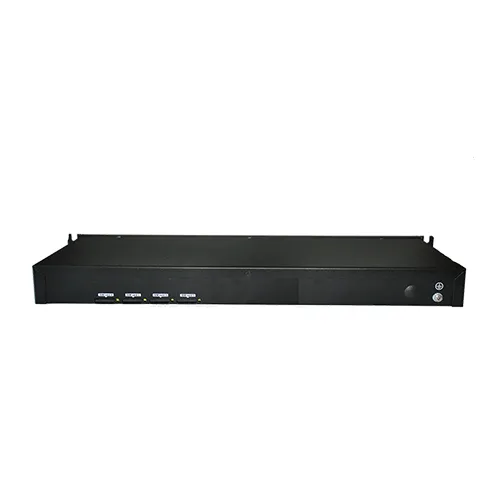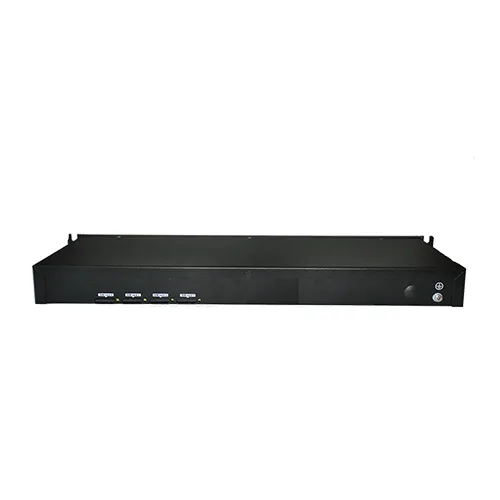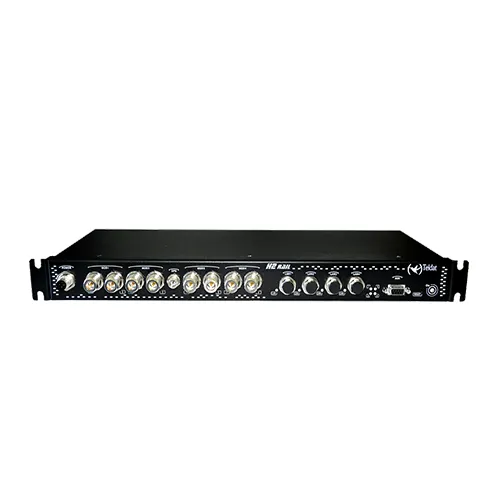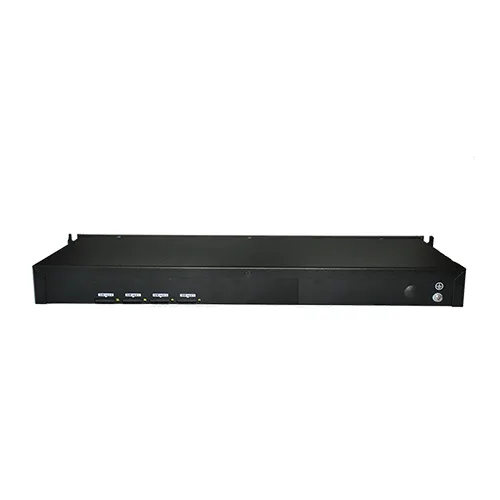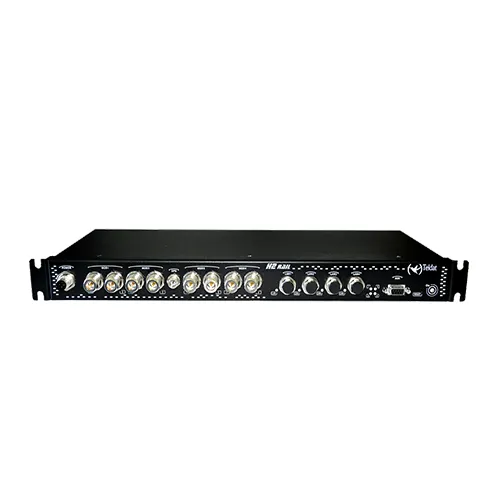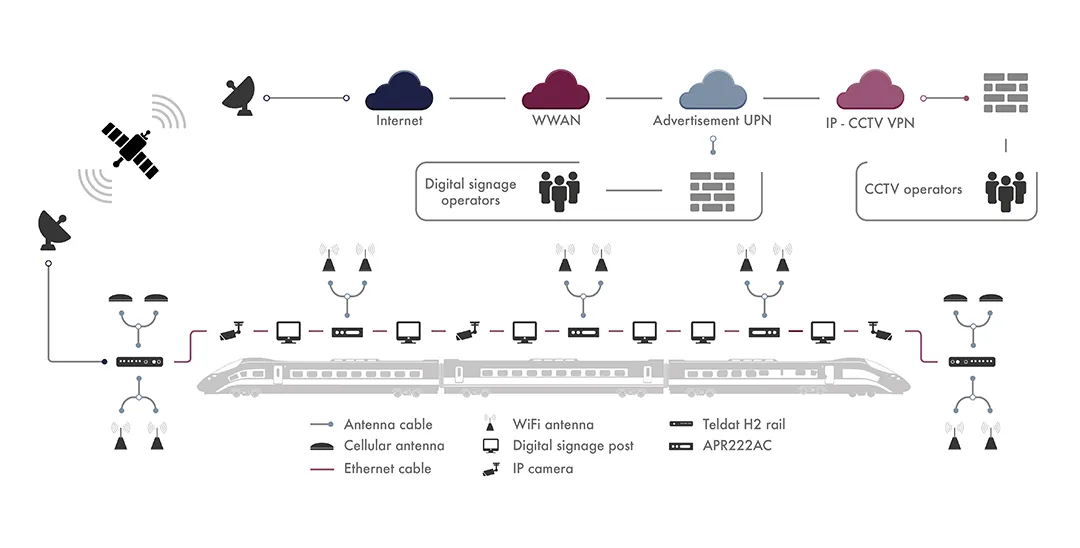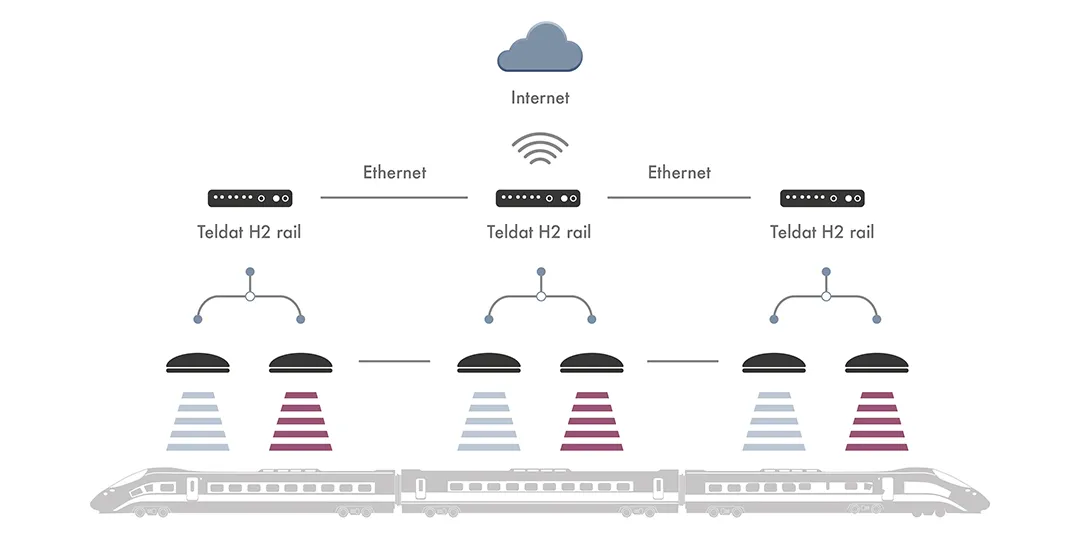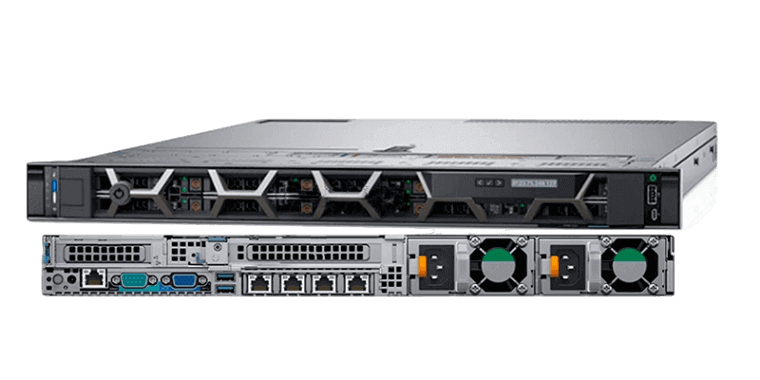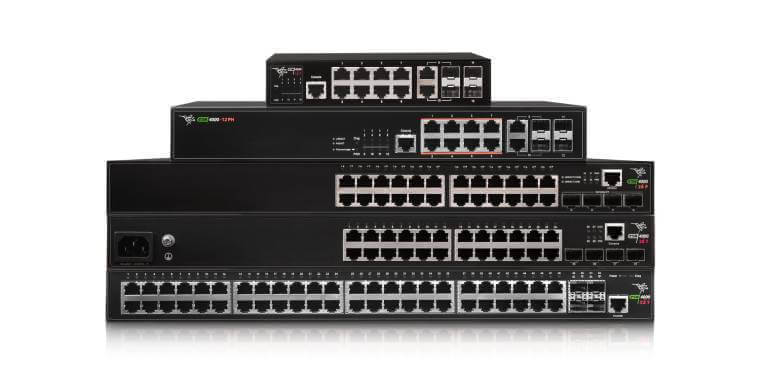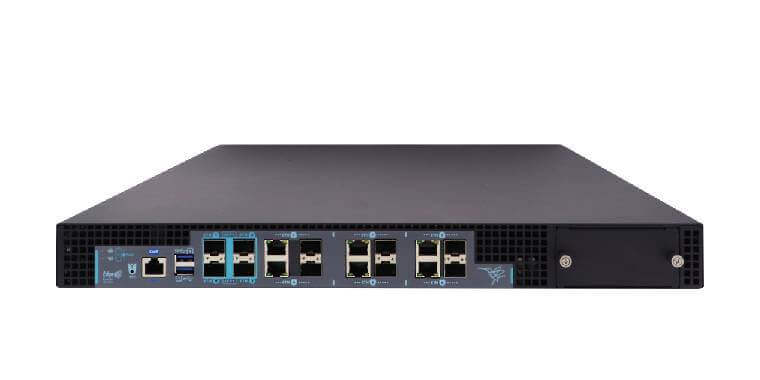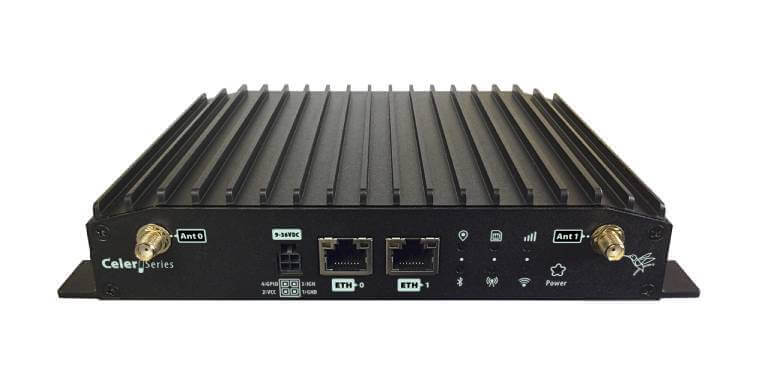The emergence of Bitcoin in 2008 marked the beginning of a technological revolution that led to the development of blockchain technology, laying the foundation for smart contracts. These applications, fundamental to the decentralized applications (Dapps) ecosystem,...
H2-Rail: Communications Gateway for Railway
Introduction
The H2-Rail router is a multi-service communications platform for railway environments. It provides reliable 4G/LTE broadband and Wi-Fi communications with redundancy options, bandwidth aggregation and advanced network security mechanisms.
The hardware design is compliant with railway regulations for installations on lightweight and high-speed trains or trams, is EN 50155 certified to meet vibration and emission requirements, and offers and extended operating temperature range.
The router also provides extremely reliable communications using dynamic configurations (based on location/communications quality data).
Competitive Advantages
Up to 4 simultaneous LTE and/or Wi-Fi radio links, with bandwidth aggregation and load-balancing to ensure maximum availability and application continuity.
Designed to withstand vibrations and extreme temp (-25 to 70°C). Certified according to railway standards (EN 50155, EN 50121-3-2, EN 45545-2, EN 301 908-1)
Communication monitoring (availability/quality) and location tracking for dynamic routing policies per-service/link/position.
Uses the latest IP networking technologies for vehicles, bringing security, quality and ease of use to large-scale, multi-service deployments.
Description
H2-Rail is the perfect communications platform for all types of services on railways. Its multiple LTE module with advanced monitoring and bandwidth aggregation, redundancy options and cutting-edge communications security, make it ideal for critical, high availability services.
Specifically designed for use in the harsh railway environment (with up to 110 VDC power supply and extreme environmental conditions), the device supports a wide range of temperatures(-25 to 70°C), incorporates anti-vibration technology, and offers guaranteed interoperability with other onboard devices.
For onboard services, the wireless connection can be used as AP or client depending on the device’s location. This, together with the delayed power off feature, allows content to be automatically updated at depots.
It also features standards-based management and Teldat’s management tools(Colibri NetManager and Hotspot) for easy management of large-scale deployments.
The H2-Rail router is a multi-service communications platform for railway environments. It provides reliable 4G/LTE broadband and Wi-Fi communications with redundancy options, bandwidth aggregation and advanced network security mechanisms.
The hardware design is compliant with railway regulations for installations on lightweight and high-speed trains or trams, is EN 50155 certified to meet vibration and emission requirements and offers an extended operating temperature range.
The router also provides extremely reliable communications using dynamic configurations (based on location/communications quality data).
It combines Teldat's CIT software with the latest corporate networking technologies to facilitate service management (for large-scale deployments, redundancy, quality of service, access security and isolation) and seamless integration into hotspot platforms.
Key Features
Support for up to 4 WWAN modules (4G/LTE). Each module can operate independently of the other or as backup. One of the modules also supports up to 2 x SIM for operator redundancy.
Designed to withstand vibration and extreme temperatures (-25 to 70°C) and has full onboard train certifications (EN 50155, EN 50121-3-2, EN 301 511, EN 301 908-1, EN 45545-2).
Seamless integration with third party standards-based management tools (SNMP). It has also been integrated into Teldat’s Colibri network manager platform for remote monitoring and management.
The use of advanced networking protocols with multiple WAN links allows the services and management of the different solutions sharing the communications to be logically separated from each other.
Up to 985 Mbps of throughput to provide powerful communications for highly-demanding communication scenarios such as those requiring encryption, VRF, policy routing and QoS.
Quad SIM feature – using a single module for two telecom operators, employing one to back up the other and using only one of the modules.
An 802.11ac Wi-Fi module means the device can provide Wi-Fi services to passengers throughout their journeys (multiple SSIDs & integration hotspot platforms) and act in client mode to connect to external Wi-Fi networks.
Concurrent use of multiple WAN interfaces(LTE, Wi-Fi, satellite, etc.)to distribute and/or aggregate load from multiple services on different interfaces, thus optimizing coverage areas and enhancing overall performance.
Ideal for telemarketing and fleet management. The device has a GPS (accessible via a TCP port) that provides real-time geo-location data in NMEA format.
Advanced troubleshooting (such as sniffer and syslog) for analyzing service/position/coverage problems along the route. Cloud management and auto-provisioning allow even unskilled personnel to install the equipment.
Read our latest Blog Posts
Developing a Robust Disaster Recovery Plan in the Cloud
In an increasingly digital world, businesses depend on cloud-based systems for everything from data storage to critical applications. While the cloud offers significant benefits—such as scalability, flexibility, and cost efficiency—it also presents new challenges in...
The importance of Real-Time Network Analysis and Trend Analysis
In our digital age, the relentless stream of information can be both constant and overwhelming. Within this landscape, real-time network analysis and trend analysis have emerged as indispensable tools for comprehending and leveraging this deluge of data. Across...


